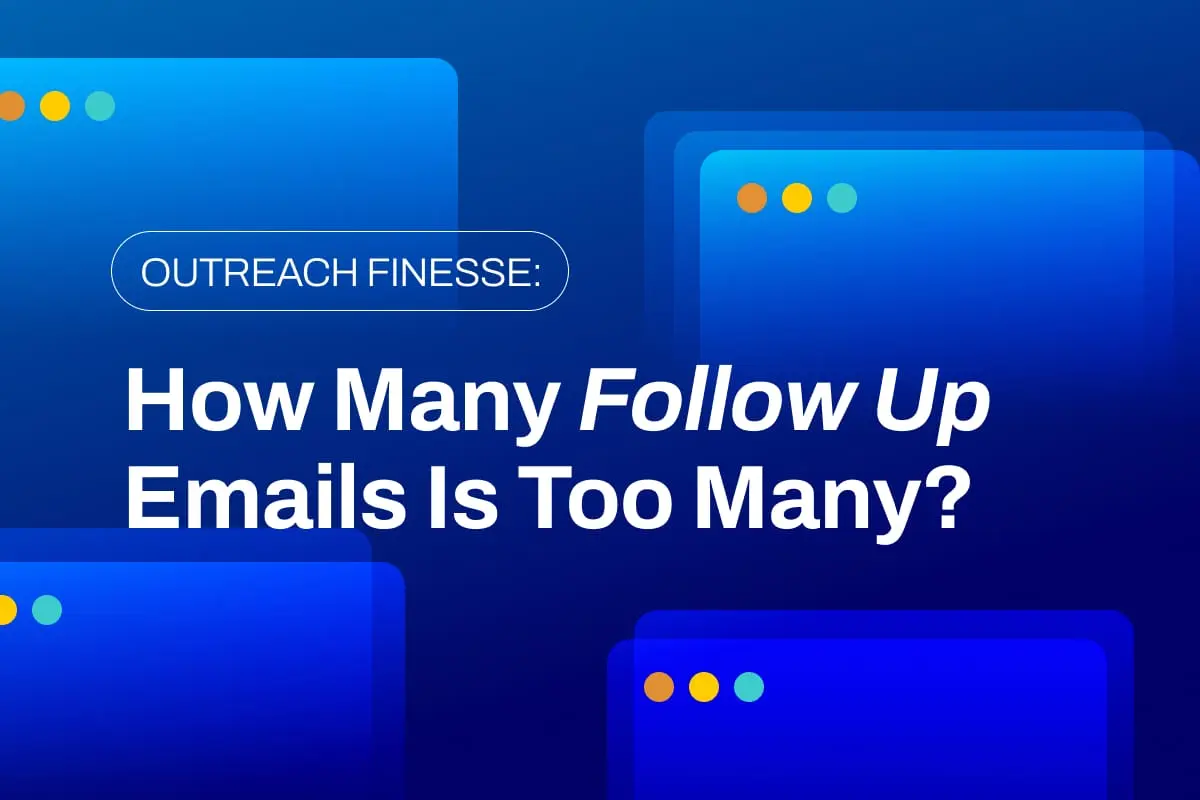
41% of consumers say being harassed with too many emails is the worst part of the platform.
With so many different approaches to email marketing, it’s easy to create misalignment with audiences on the optimal frequency. Yet with email providing so much opportunity, one of the first questions you should ask is how many follow up emails is too many, as this will inform how to avoid costly email fatigue among your audiences.
Influencing Factors
Each campaign may have a different ideal number of follow-up emails based on the context, including your segmentation and email content. Tailoring your follow-up strategy to your audience will help you find the greatest success across multiple campaigns.
Existing customers may require fewer emails, focusing on loyalty and upsells, while prospects need nurturing sequences to build trust. Warm leads are primed for conversion, warranting timely follow-ups, whereas cold leads demand more patience and educational content to rekindle interest. Pay close attention to your analytics and the story your data is telling you to find what strategy resonates with each segment.
Finding the Sweet Spot
So what is the right balance between sending enough emails to stay relevant with consumers but not so many emails that your readers get fatigued? Research has shown that subscribers should not receive more than five emails per week from your brand.
Remember that if you’re running concurrent email campaigns, subscriber lists could potentially overlap. Look across all your running and planned campaigns to ensure you send the highest-priority messages to individual contacts, but also keep in mind a balance is necessary to not under-saturate anyone.
Signs You’ve Sent Too Many Follow-Up Emails
Like with many other aspects of your email marketing campaigns, any strategic pivots should be informed by the metrics you’re seeing. Identifying negative changes in recipient behavior can help you scale back quickly when you’ve passed the threshold that your consumers deem acceptable.
There are three metrics that can indicate your campaign has too many follow-up emails and act as a red flag to address before you start losing your audience permanently. Decreasing response rates is the first indicator that your campaigns and follow-up emails are not landing with your audience. Whether it is simply too many emails or the content in your follow-up emails is irrelevant to your audience, you need to dig deeper into where you can optimize that campaign.
If you’ve overlooked earlier indicators, one of the most clear signs that you may be sending too many follow-up emails is your unsubscribe and opt-out rates. Once consumers are burned out from your campaign, they’ll permanently remove themselves from your mailing list and you’ll be limited in your opportunities to re-engage.
Spam indications can also serve as an early warning that your audience is not connecting with aspects of your email campaign. Ignoring unsubscribe requests will result in subsequent emails going straight to the spam box, tanking deliverability across your entire domain.
Conclusion
Emails are essential to reaching modern audiences and that sweet, sweet ROI. Ensure you get the best of both worlds – properly saturated customers ready to engage with your communications, but not overdoing it to the point they’re driven to unsubscribe.
DESelect Engage solves this problem, with insights into each contact’s saturation that empower your team to create optimal, personalized customer journeys.
Learn how The Brain Tumour Charity uses Engage to optimize donations across their campaigns.










